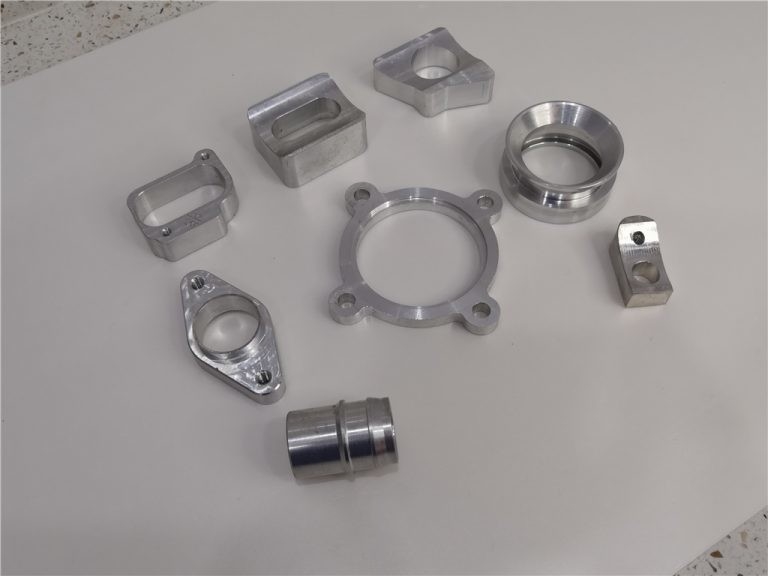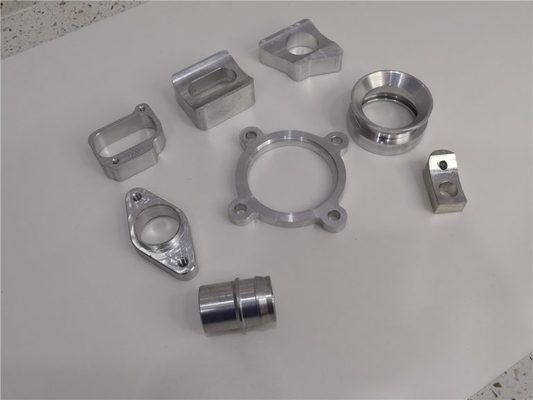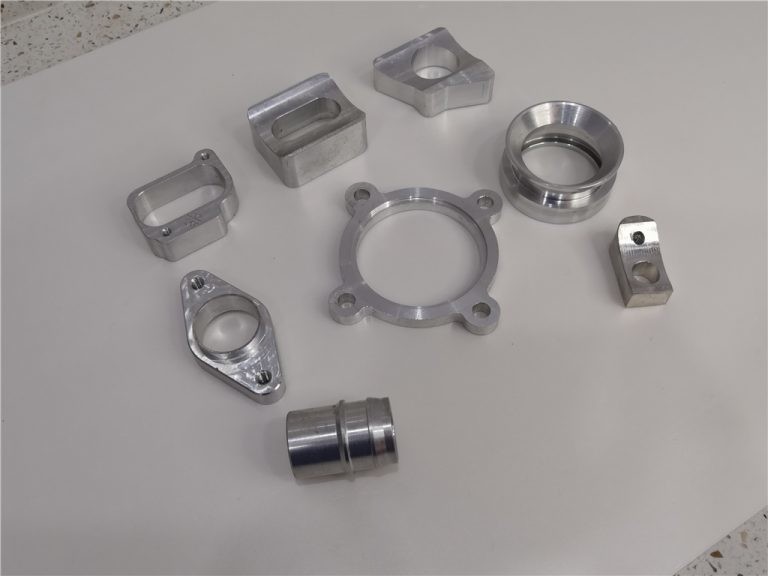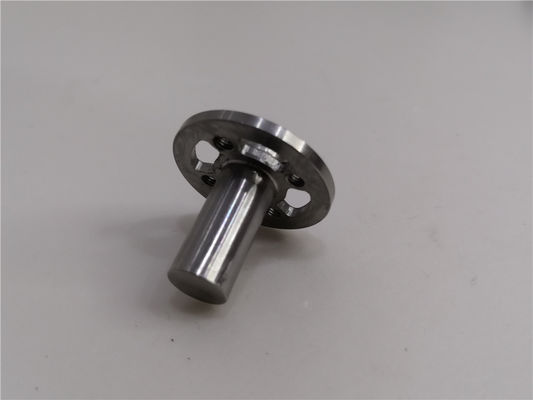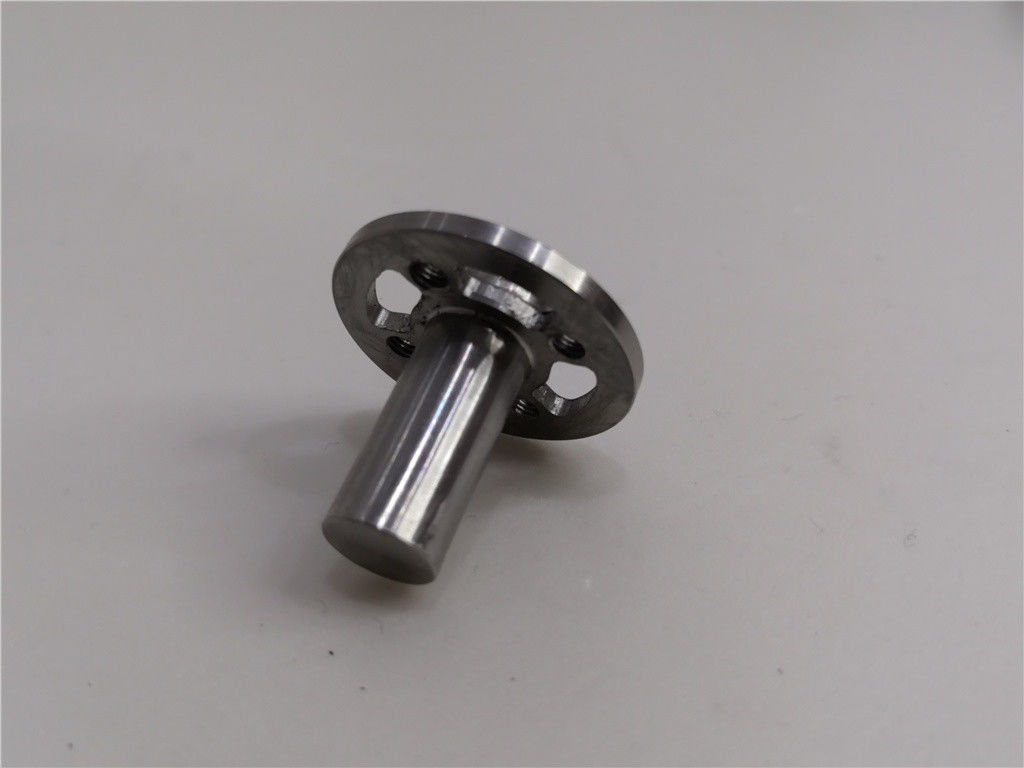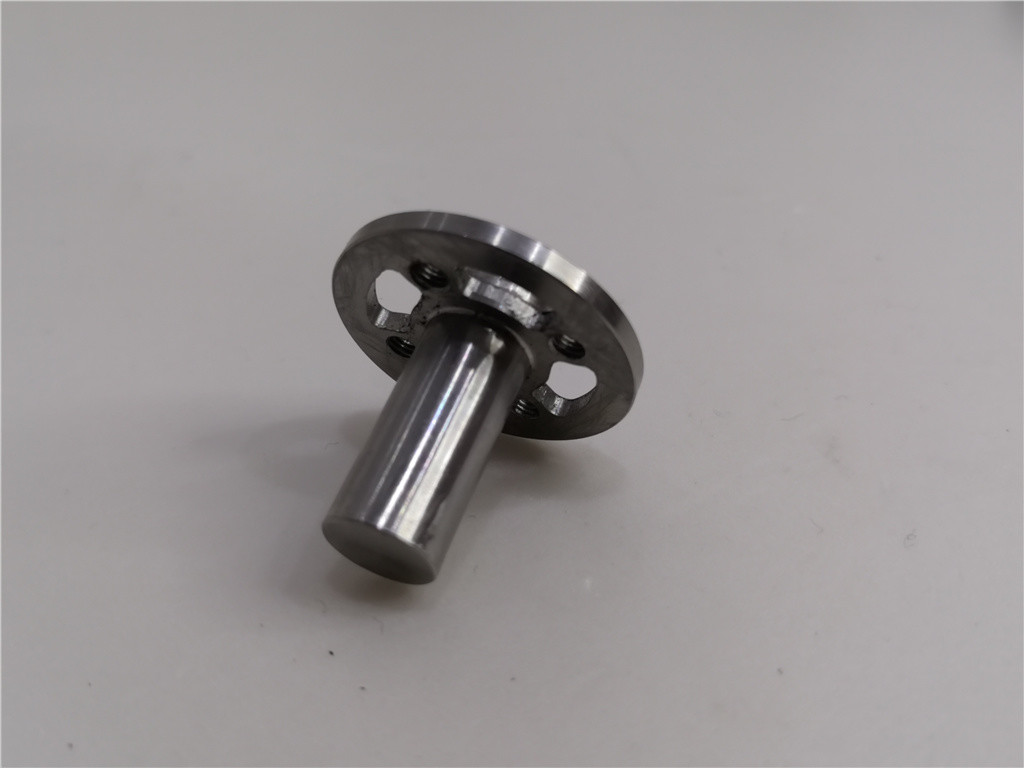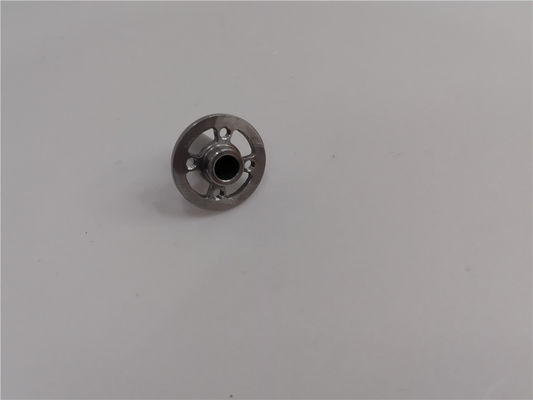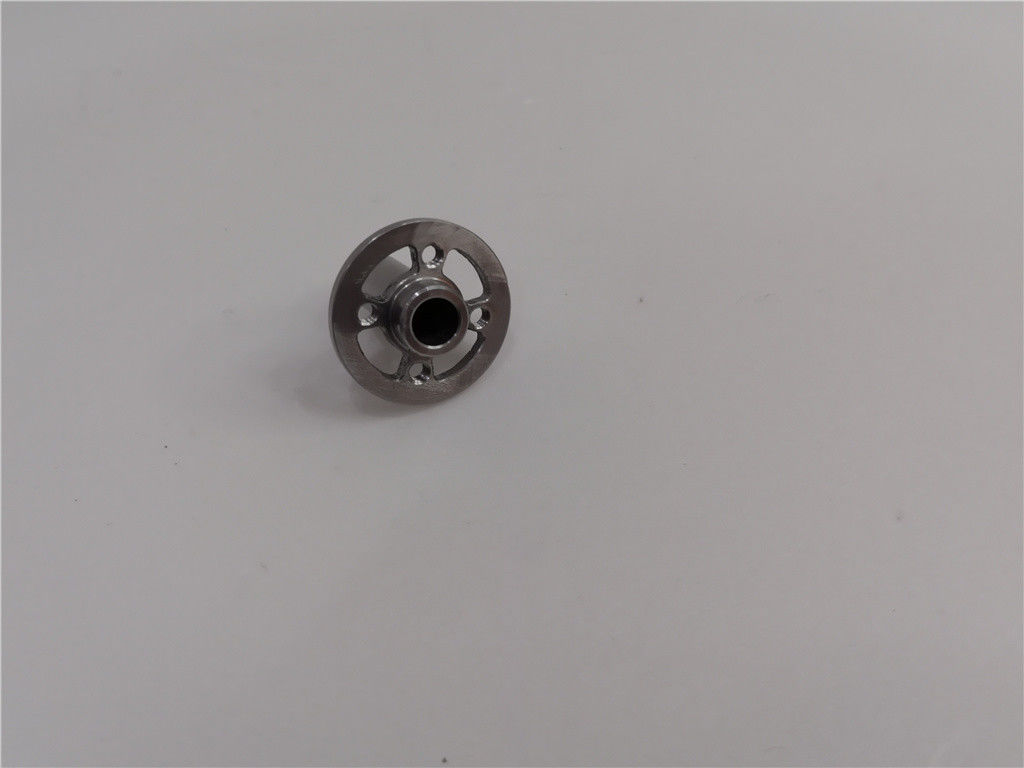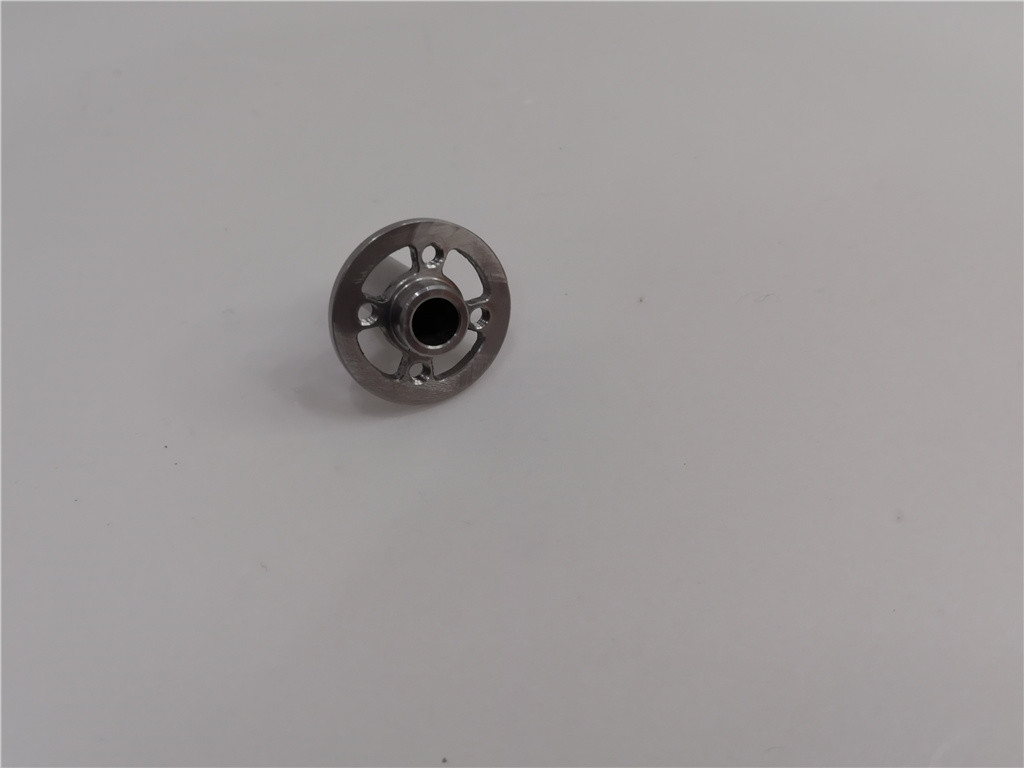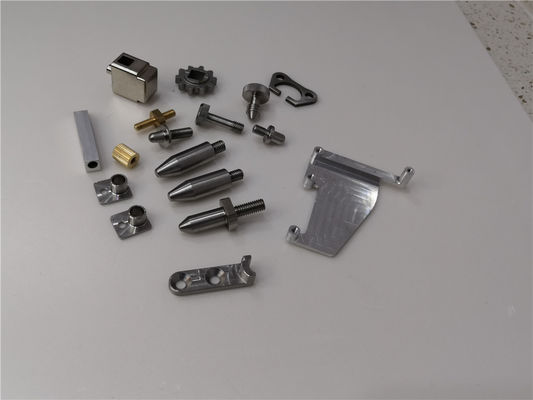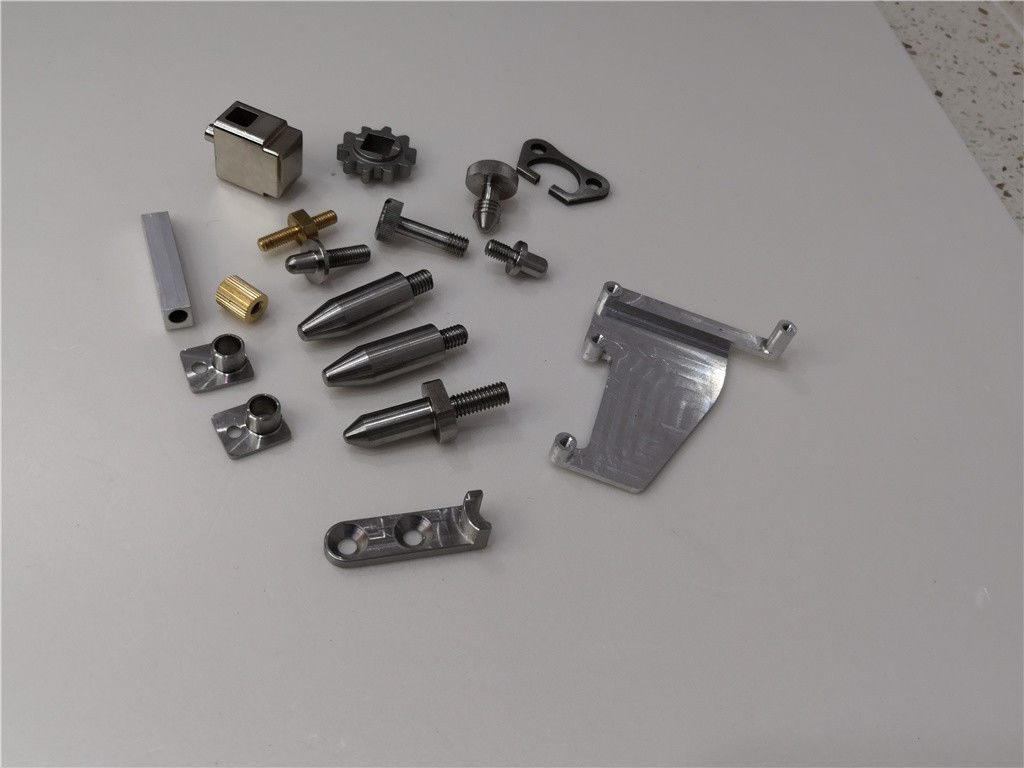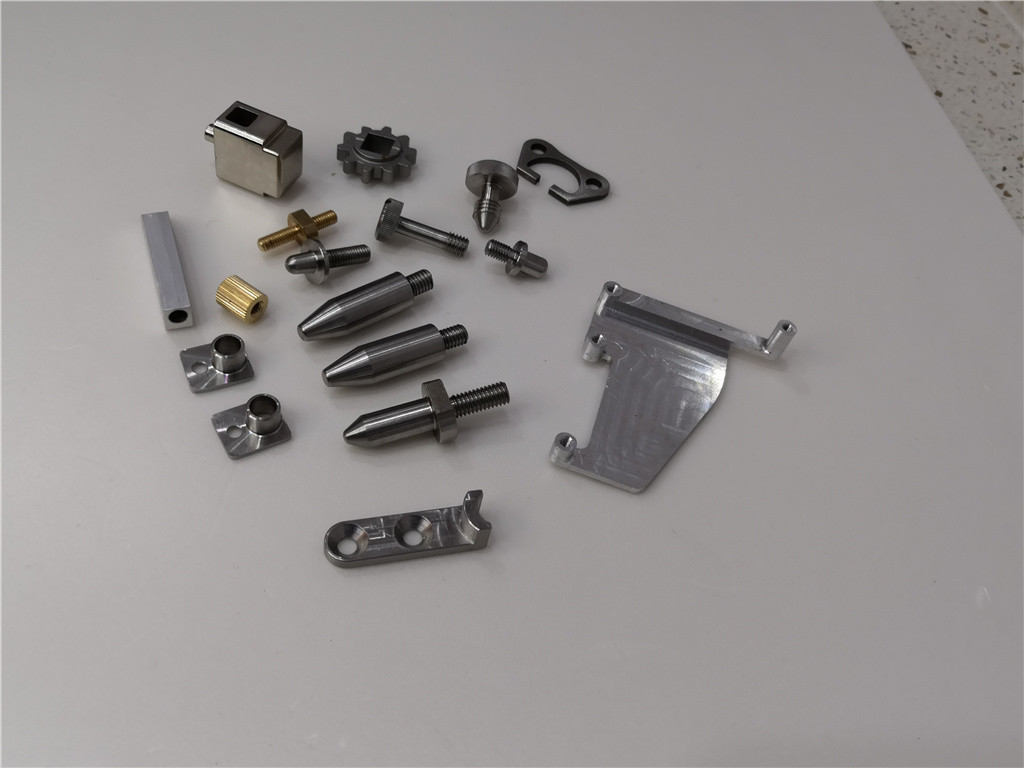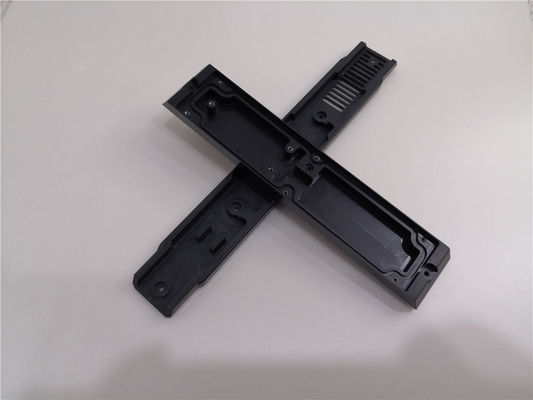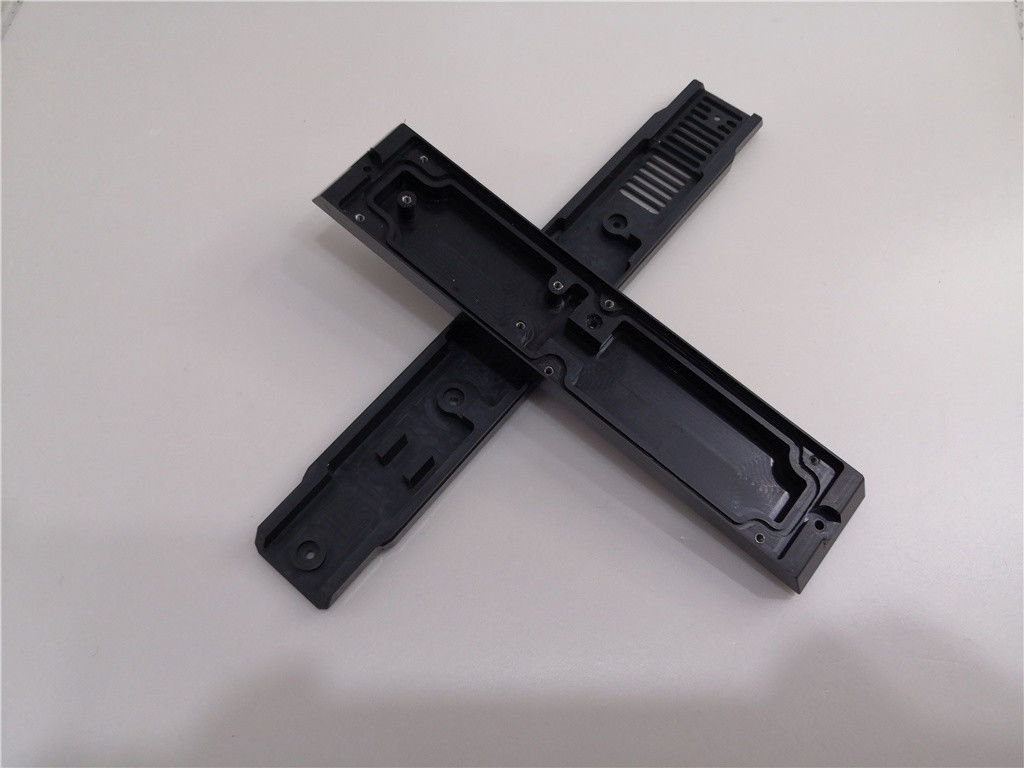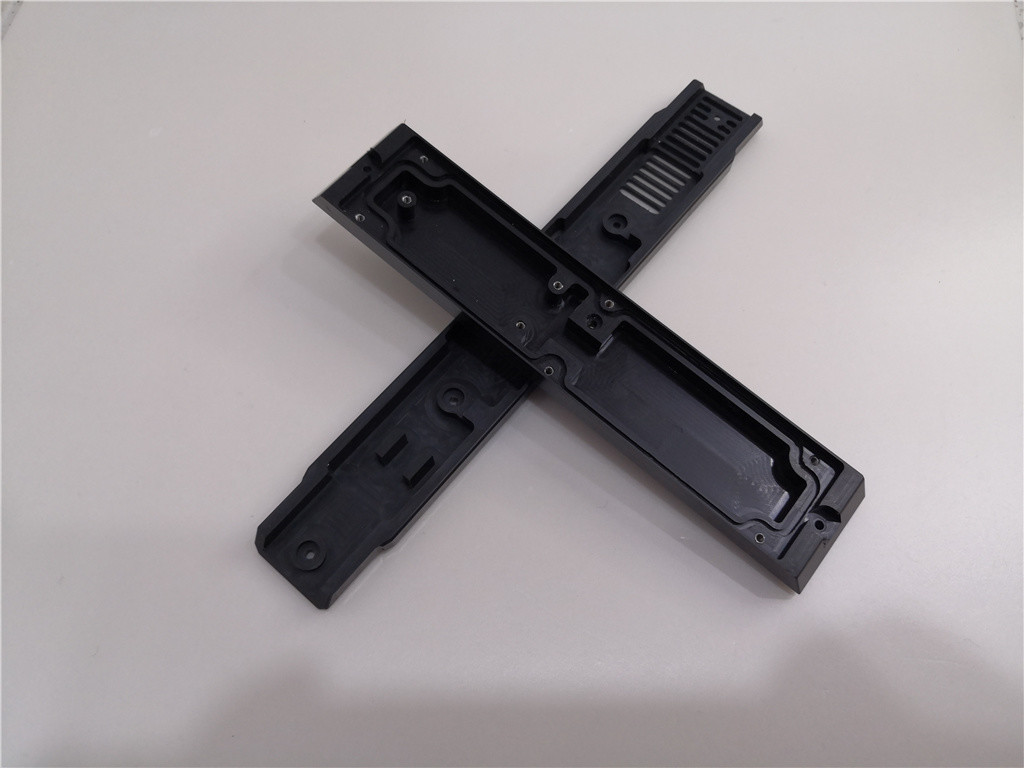-
WHAT ARE CNC MACHINES USED FOR?
CNC machines are used to create precise and complex parts from raw materials such as metal, plastic, wood, and composites. They are widely used in various industries, including aerospace, automotive, medical devices, electronics, etc. Some of the common applications of CNC machining include: Prototyping, Production, Customization, Repair and maintenance, Art and design. Overall, CNC machines provide a versatile and efficient manufacturing solution for a wide range of applications.
-
WHAT IS CNC MACHINE EXAMPLES?
CNC (Computer Numerical Control) machines are automated tools that can be programmed to perform precise tasks. Some common examples of CNC machines include: CNC milling machines, CNC lathes, CNC routers, CNC plasma cutters, CNC laser cutters. There are many other types of CNC machines, each designed for specific applications and industries.
-
WHAT IS CNC VS MANUAL MACHINING?
CNC (Computer Numerical Control) machining and manual machining are two methods of manufacturing parts.
Manual machining is the process of removing material from a workpiece using manual tools such as lathes, milling machines, drill presses, and grinders. This process requires skilled machinists who use their expertise to control the machinery and produce the desired outcome.
On the other hand, CNC machining utilizes computer-controlled machines to remove material from a workpiece. The machine is programmed with a set of instructions that control the movement of the cutting tools, allowing for precise and repeatable cuts. This process reduces the need for skilled operators and can be more efficient and accurate than manual machining.
Overall, CNC machining is ideal for producing large quantities of identical parts, while manual machining is better suited for smaller runs or custom jobs where specialized skills are required.
-
WHY IS CNC BETTER THAN MANUAL?
CNC (Computer Numerical Control) machines are generally considered to be better than manual machines for several reasons:
- Increased Precision: CNC machines can perform very precise cuts and movements, which is difficult or impossible to achieve with manual machines. This precision is due to the automation of the cutting process, which ensures that the machine moves exactly as programmed.
- Consistency: CNC machines can repeat the same cutting operations over and over again with consistent results. Manual machines, on the other hand, require a skilled operator who may not be able to maintain the same level of consistency over time.
- Speed: CNC machines can typically cut material much faster than manual machines, which can lead to increased productivity and reduced manufacturing costs.
- Reduced Labor Costs: CNC machines require less labor input than manual machines, as they can be operated by a single operator who can manage multiple machines at once.
Overall, the benefits of CNC machines make them a popular choice in modern manufacturing environments where efficiency, precision, and consistency are critical factors.
-
WHAT IS THE DIFFERENCE BETWEEN CNC MACHINE AND LATHE MACHINE?
A lathe machine is a type of manual machine that rotates a workpiece against a cutting tool to remove material, typically for shaping the workpiece into a cylindrical shape. A CNC machine, on the other hand, is a computer-controlled machine that automates the cutting and shaping process.
Some key differences between CNC machines and lathe machines include:
- Automation: CNC machines are fully automated and controlled by a computer program, while lathe machines require manual operation.
- Precision: CNC machines are capable of very precise cuts and movements, which is difficult or impossible to achieve with manual machines like lathes.
- Complexity: CNC machines can perform complex operations on a variety of materials, including metals, plastics, and composites, while lathes are typically used for simpler turning operations.
- Programming: CNC machines require programming and setup time, while lathes can be operated quickly with little preparation.
In summary, while both CNC machines and lathe machines are used for cutting and shaping materials, CNC machines offer greater precision, versatility, and automation. Lathe machines, on the other hand, are simpler to operate and can be more cost-effective for simpler turning operations.
-
WHAT IS THE DIFFERENCE BETWEEN CNC AND NON CNC?
The main difference between CNC (Computer Numerical Control) and non-CNC machines is in the way they are operated. CNC machines are automated and controlled by computer programs, while non-CNC machines require manual operation.
-
IS CNC THE SAME AS CAD?
No, CNC (Computer Numerical Control) is not the same as CAD (Computer-Aided Design).
CNC refers to the automation of the cutting and shaping process using computer programs. A CNC machine receives instructions from a computer program that tells it how to cut or shape the material based on a 3D model or other instructions.
On the other hand, CAD refers to the process of creating a digital 3D model of an object using specialized software. CAD software is used to design parts, products, buildings, and other objects in a virtual environment.
While CNC machines can be used to produce parts based on CAD models, they are not the same thing. CAD software is used to create the digital models that are then used to program the CNC machine to produce physical parts. In this way, CAD and CNC technologies work together to enable advanced manufacturing processes.
-
IS CNC A MILL OR LATHE?
CNC (Computer Numerical Control) is not a specific type of machine, but rather a technology that can be applied to different types of machines, including mills and lathes.
CNC milling machines use rotary cutting tools to remove material from a workpiece and create complex shapes and designs. They are typically used for operations like drilling, cutting, and shaping.
CNC lathes, on the other hand, rotate a workpiece against a cutting tool to remove material and create a cylindrical shape. They are typically used for turning operations and can produce symmetrical parts like shafts and valves.
Both CNC milling machines and lathes can offer high levels of precision and automation, making them popular choices in modern manufacturing environments.
-
IS CNC MACHINING A GOOD SKILL?
Yes, CNC (Computer Numerical Control) machining is a highly valuable skill in today’s manufacturing industry.
CNC machines are widely used in various manufacturing industries such as aerospace, automotive, medical, electronics, and many more. The ability to operate and program CNC machines requires specialized technical skills and knowledge of programming languages like G-code, which are in high demand in the job market.
Having experience with CNC machining can lead to job opportunities as a CNC machine operator, CNC programmer, machinist, or manufacturing engineer, among others. These jobs typically offer competitive salaries and benefits.
Furthermore, as technology advances and industries continue to evolve, the demand for skilled CNC machinists is likely to increase. Therefore, learning CNC machining is an excellent career choice for individuals interested in pursuing a career in the manufacturing industry.
-
WHY IS IT CALLED CNC?
The term CNC stands for “Computer Numerical Control.” The name comes from the fact that CNC machines are controlled using a computer, which reads numerical code to dictate how the machine should move and cut the material.
CNC machines were first developed in the 1940s and 1950s as a way to automate the cutting process. They were initially used mostly for metalworking applications, but have since been adapted for use with a wide variety of materials, including plastics, wood, and composites.
The use of computers to control machine tools revolutionized the manufacturing industry by enabling greater precision, speed, and consistency in the production of parts and products. Today, CNC technology is widely used across various industries, from automotive and aerospace to healthcare and electronics.
-
WHAT IS THE WORKING PRINCIPLE OF CNC?
CNC machines work by using computer programs to automate the cutting and shaping process. The process begins with designing a digital 3D model of the part or product that needs to be manufactured using CAD software. This model is then converted into a CNC program, which contains instructions for the machine on how to cut or shape the material, typically written in G-code. Once the material is secured to the worktable and the necessary cutting tools are loaded, the CNC program is executed, guiding the cutting tool across the material to create the desired shape. The finished part is then removed from the machine and any necessary finishing operations are performed. Overall, CNC machines offer a high degree of precision, accuracy, and consistency in manufacturing parts and products.
-
WHAT TECHNOLOGY IS USED IN CNC MACHINES?
CNC machines rely on a variety of technologies to automate the cutting and shaping process, including computer programming, servo motors, sensors and feedback systems, CAD/CAM software, G-code language, and tool changers. These technologies work together to allow CNC machines to perform a wide range of cutting and shaping operations with high precision and accuracy. CAD software is used to create digital models of parts or products, while CAM software generates the CNC program that controls the cutting operation. The G-code language is used to direct the movements and cutting operations of the machine. Servo motors power the machine’s axes, allowing for precise movement and cutting operations. Sensors and feedback systems monitor the cutting process and adjust the machine’s position and speed as needed, and tool changers allow for quick and easy swapping of cutting tools during the manufacturing process.
-
WHAT LANGUAGE DO CNC MACHINES USE?
CNC machines typically use a programming language called G-code (also known as RS-274 or EIA-274). G-code is a language that instructs the CNC machine how to move its tools to fabricate a part according to a set of coordinates and commands. These commands include instructions for tool movement, spindle speed, coolant flow, and other parameters necessary for the machining process.
-
WHERE IS CNC MACHINING USED?
-
IS CNC A MACHINE OR SOFTWARE?
CNC (Computer Numerical Control) refers to a system that utilizes both hardware and software components to control and automate the operation of machines through numerical instructions. Therefore, CNC can refer to both a machine and software.
-
IS CNC MACHINING EASY?
CNC machining requires specialized knowledge and skills to operate, program, and maintain the machines properly. It may not be easy for those who do not have experience or training in this field. However, with proper training and practice, it could become easier to use CNC machines for various applications.
-
IS CNC ONLY FOR METAL?
CNC machines can be used to process a wide range of materials, including but not limited to metals. They can also cut and shape plastics, wood, composites, and other materials, depending on the type of machine and tools used.
-
WHAT ARE 3 DISADVANTAGES OF A CNC MACHINE?
- High Initial Investment: CNC machines can be quite expensive, making them a significant initial investment that may not be feasible for all businesses.
- Require Skilled Operators: The operation of CNC machines requires specific technical skills and expertise, which may limit the number of qualified operators available.
- Limited Flexibility: While CNC machines are capable of producing high-quality and precise parts, they are limited in terms of flexibility because they require specific programming and tooling for each part. This means that they may not be suitable for small batch or custom production runs.
-
WHAT ARE THE 3 ADVANTAGES OF CNC MACHINING?
The 3 advantages of CNC machining are:
One disadvantage of using a CNC machine is the initial cost, which can be much higher than traditional manual machines. Additionally, CNC machines require skilled operators to program and operate them effectively, which can result in higher labor costs. Finally, if a CNC machine breaks down, repairs can be more complex and expensive compared to traditional manual machines.

